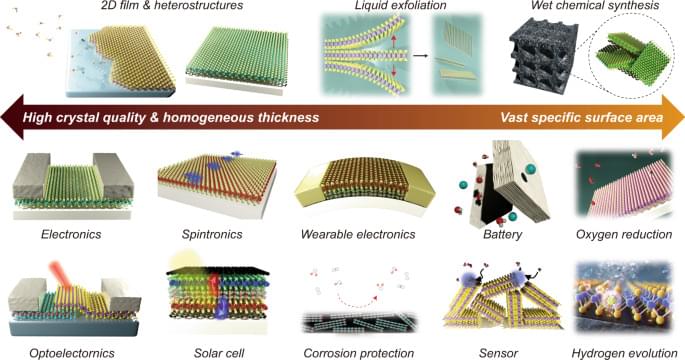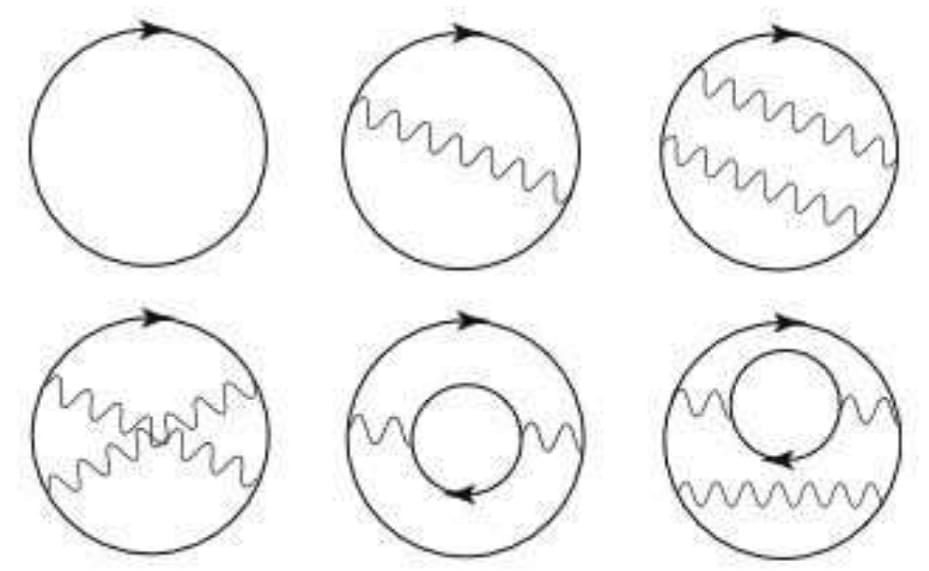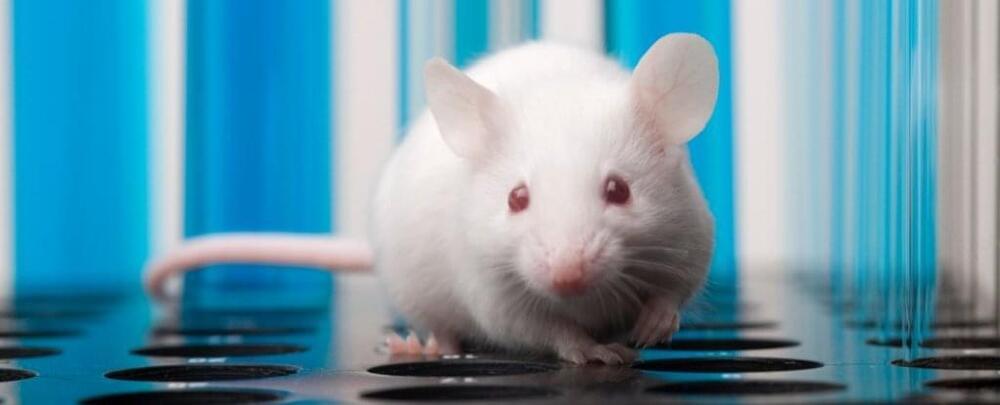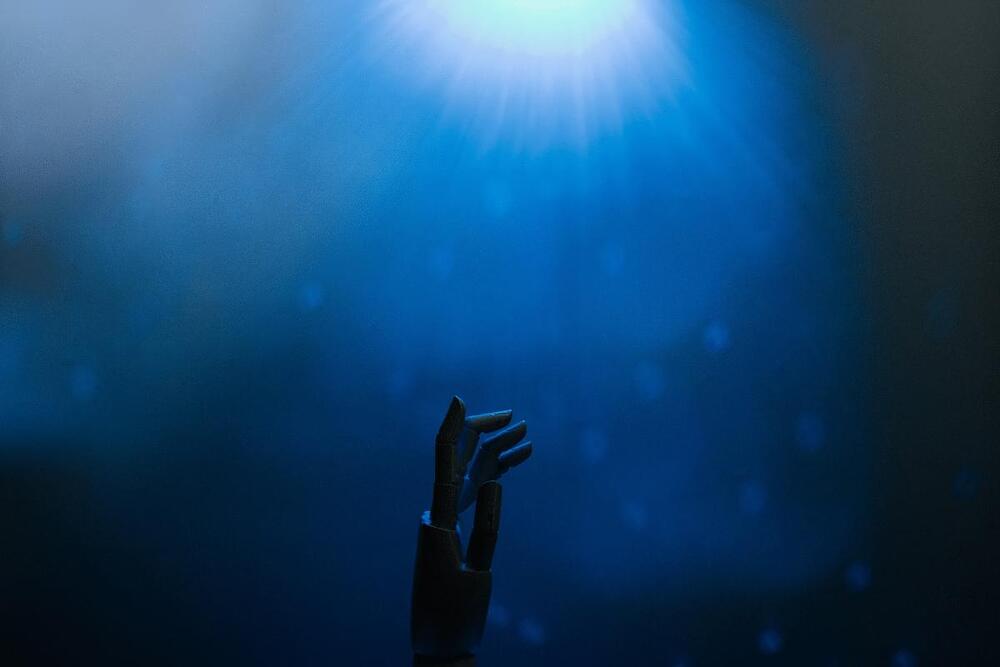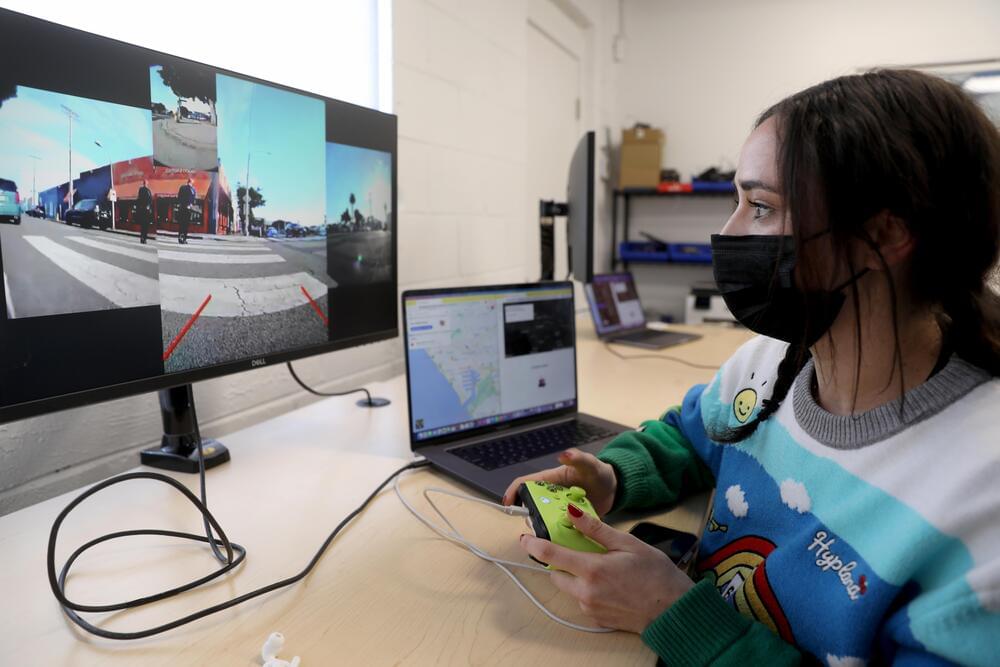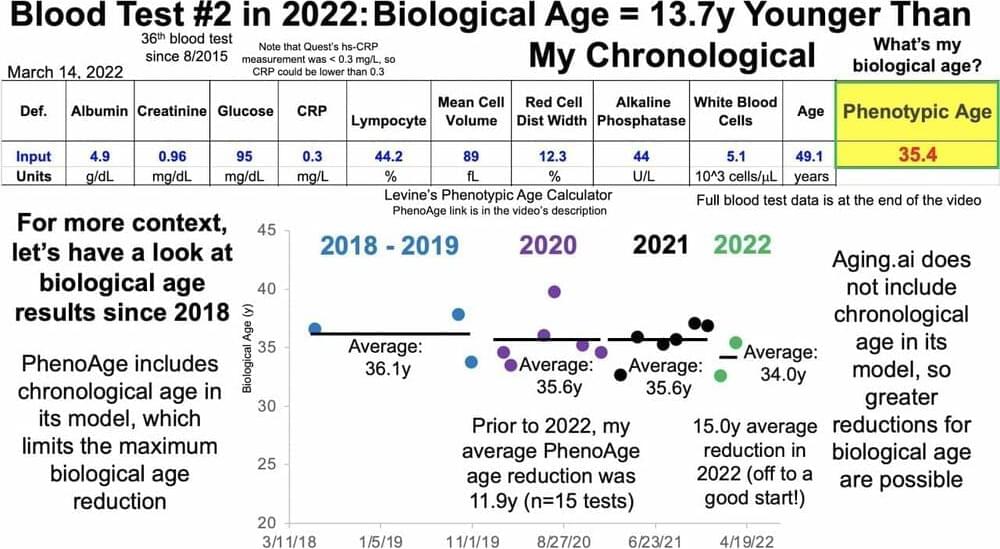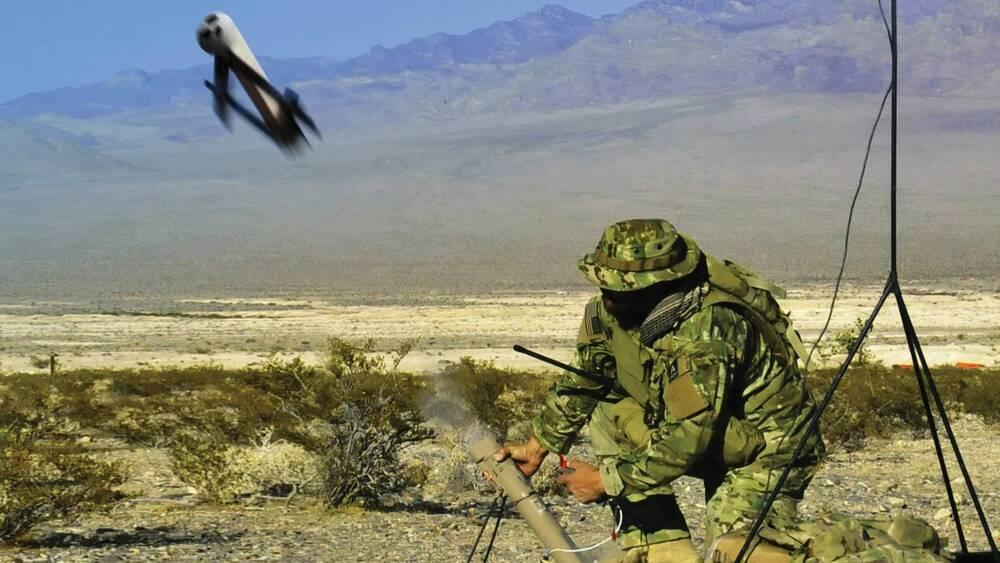The industrial application of two-dimensional (2D) materials strongly depends on the large-scale manufacturing of high-quality 2D films and powders. Here, the authors analyze three state-of-the art mass production techniques, discussing the recent progress and remaining challenges for future improvements.
Even if you remove everything you can from the Universe, some energy will still remain. Here’s what that means.
Being able to tell the difference between a photo of something and the actual thing itself – picture-to-object equivalence, in science speak – is a useful test for better understanding the visual and cognitive function of other primates, birds, and even rats.
But how far does this ability to interpret a flat image extend in the animal kingdom?
A new study has found mice might also have the capacity, as they demonstrated the ability to link a 2D image of an object with the actual 3D object itself, using the hippocampus part of their brains in the same way that humans do.
For many decades, evolutionary biologists assumed that the changes in DNA, known as mutations, occur irrespective of any consequences for the organism. A team led by Professor Detlef Weigel, Director at the Max Planck Institute …
Use of AI techniques has shown significantly better performance in many natural language processing tasks, including machine translation and question-answering, as compared to hand-coded rules by linguistics or other computer science methods.
𝐂𝐨𝐠𝐧𝐢𝐭𝐢𝐯𝐞 𝐝𝐢𝐬𝐭𝐨𝐫𝐭𝐢𝐨𝐧𝐬 𝐥𝐢𝐧𝐤𝐞𝐝 𝐭𝐨 𝐬𝐚𝐟𝐞𝐭𝐲𝐢𝐬𝐦 𝐛𝐞𝐥𝐢𝐞𝐟𝐬, 𝐬𝐮𝐩𝐩𝐨𝐫𝐭 𝐟𝐨𝐫 𝐭𝐫𝐢𝐠𝐠𝐞𝐫 𝐰𝐚𝐫𝐧𝐢𝐧𝐠𝐬, 𝐚𝐧𝐝 𝐭𝐡𝐞 𝐛𝐞𝐥𝐢𝐞𝐟 𝐭𝐡𝐚𝐭 𝐰𝐨𝐫𝐝𝐬 𝐚𝐫𝐞 𝐡𝐚𝐫𝐦𝐟𝐮𝐥
𝘾𝙤𝙜𝙣𝙞𝙩𝙞𝙫𝙚 𝙙𝙞𝙨𝙩𝙤𝙧𝙩𝙞𝙤𝙣𝙨 𝙖𝙧𝙚 𝙚𝙧𝙧𝙤𝙧𝙨 𝙞𝙣 𝙧𝙚𝙖𝙨𝙤… See more.
A new correlational study, published in Personality and Individual Differences, found empirical support for these claims by finding an association between frequency of cognitive distortions and stronger safetyism-inspired beliefs.
Heirloom uses cheap and widely available limestone to suck carbon from the air. The latest funds will help build its first pilot-scale facility.
Automation will create new types of jobs.
Delivery robots seem to be everywhere these days. Keeping them out of trouble are human minders who might need to hop on a bike to finish the delivery themselves.
Join us on Patreon!
https://www.patreon.com/MichaelLustgartenPhD
Levine’s Biological age calculator is embedded as an Excel file in this link from my website:
· They have on-board video cameras and colour sensors to aid with guidance.
· They are essentially camera-equipped, remote-controlled flying bombs that can be directed by an operator to find a target then, when ready, plunge on to it. They explode on contact, hence the “kamikaze” nickname.
Switchblades extend the range of attack on Russian vehicles and units to beyond the sight of the user. That gives them an advantage over the guided heat-seeking missiles the Ukrainians have used against Russian tanks.
